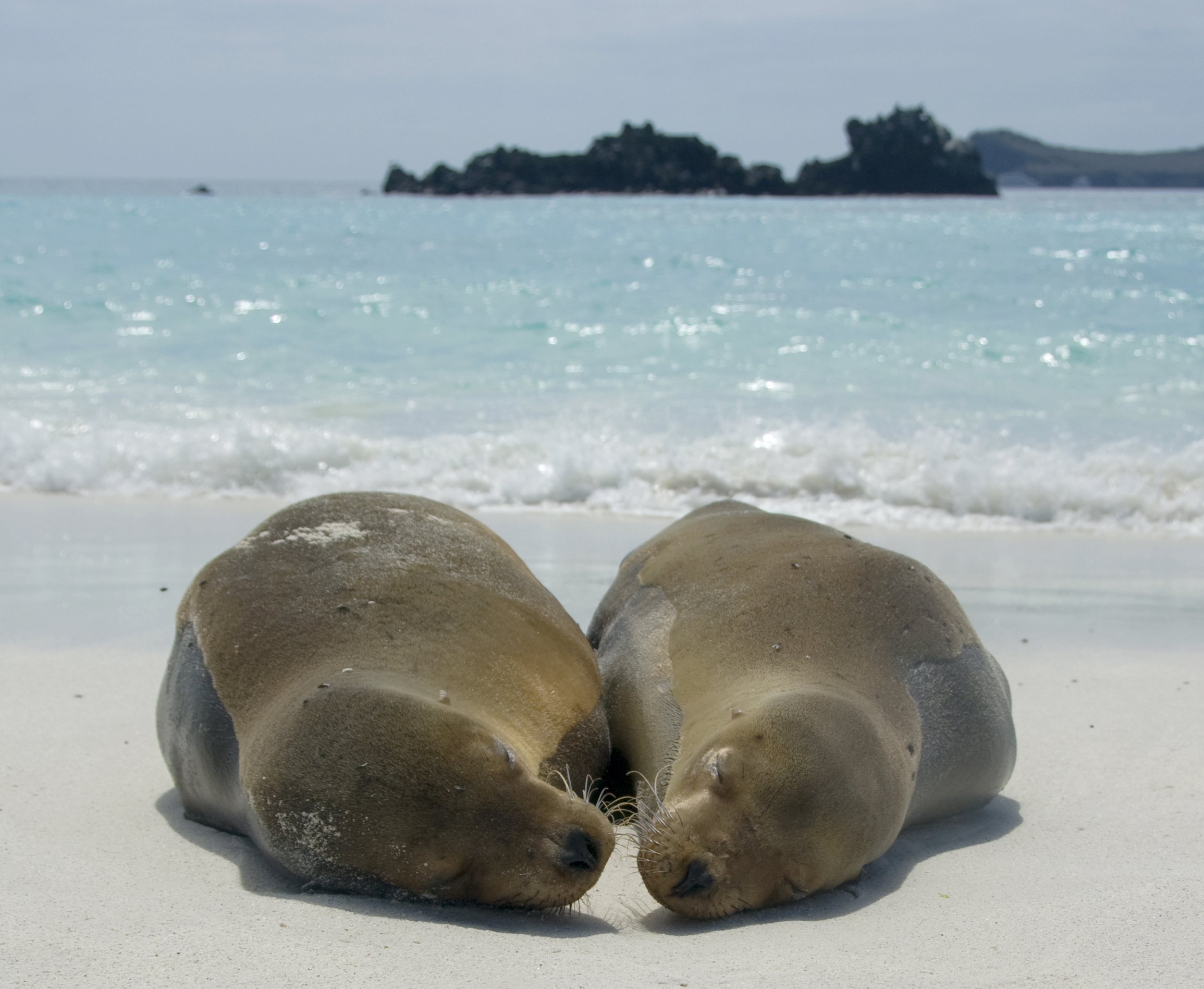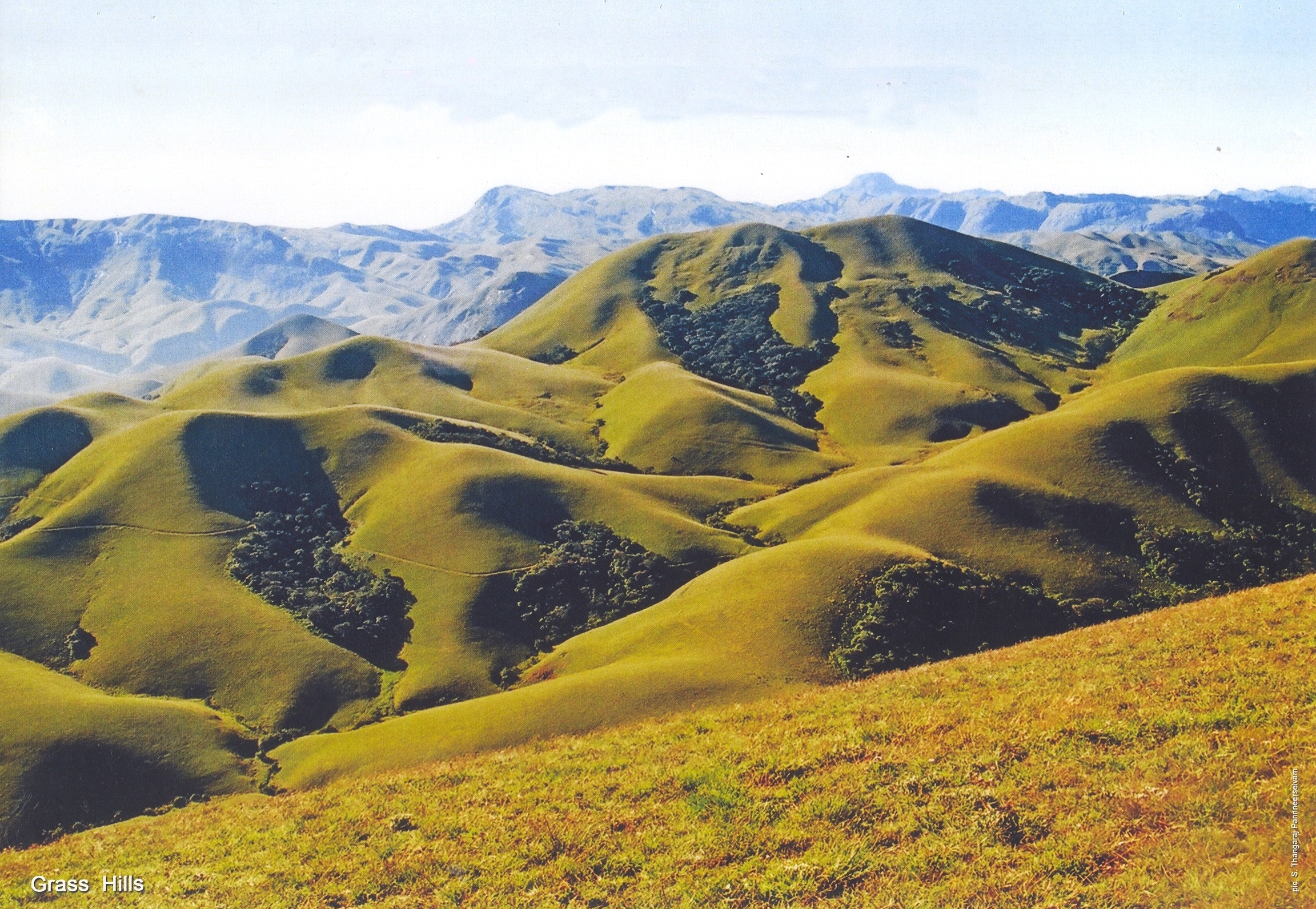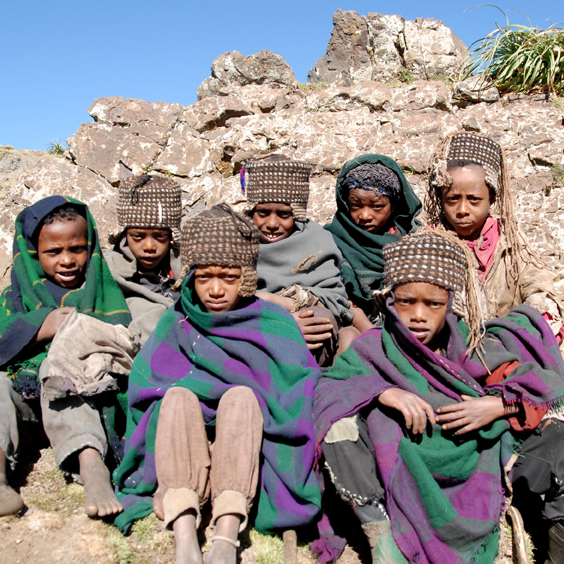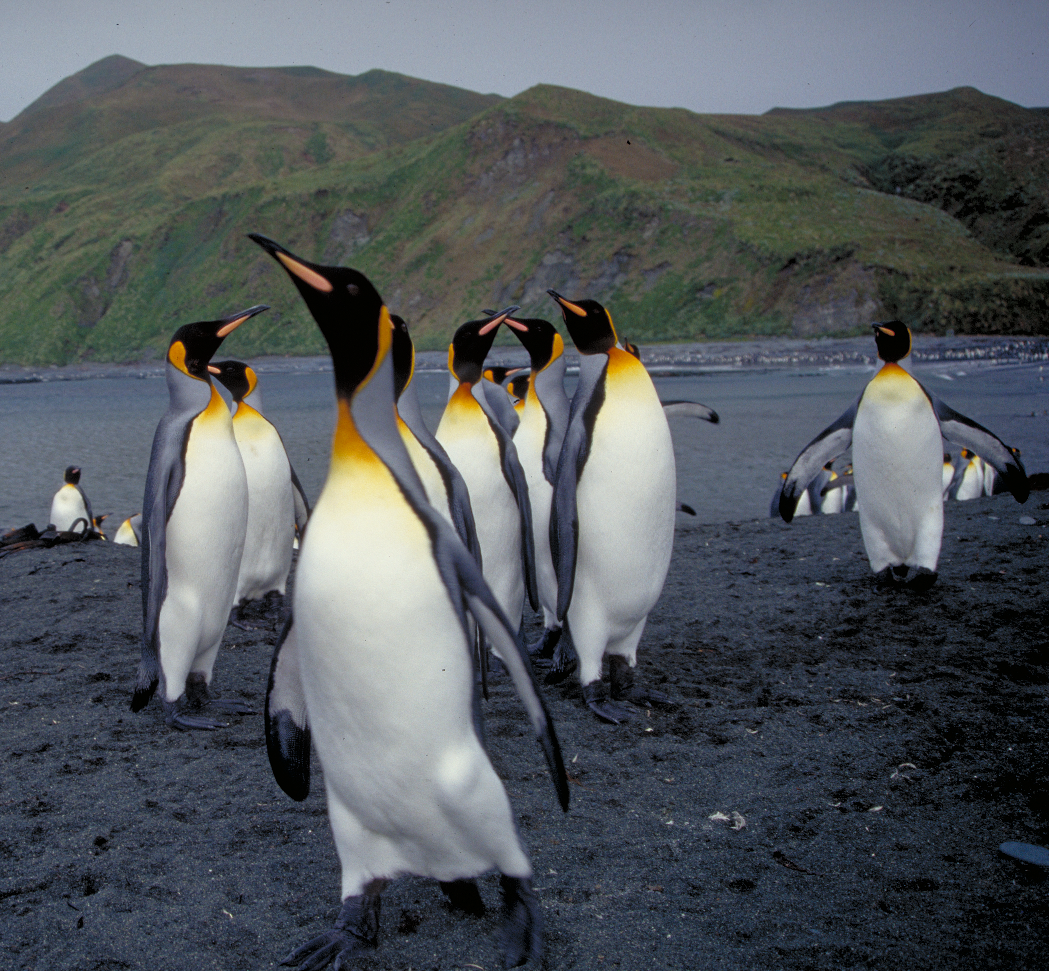World Heritage: beacons of inspiration
As we step into 2014, year of the World Parks Congress, Célia Zwahlen takes us through the importance of World Heritage sites as key leaders in meeting the challenges faced by protected areas worldwide.
Do you remember the last time you visited a national park, nature reserve or other protected area? How did it make you feel? The chances are you weren’t completely unmoved. You may even have found a moment of respite. But let’s be bold: I’m ready to bet you felt inspired.
“In all things of nature there is something of the marvelous,” Aristotle wrote. If this is true for all things of nature, then we can certainly see that natural World Heritage sites are quite exceptional – as beacons of inspiration.
Natural and mixed World Heritage sites, and World Heritage cultural landscapes, together cover over 10% of the land and aquatic surface included in our planet’s total protected areas. When it comes to implementing the World Heritage Convention, we need to reconsider what this implies for the conservation of the world’s most emblematic places.
Inspiring solutions
Inspiration doesn’t stop at a time and place, but spreads beyond boundaries. Likewise, the potential benefits of World Heritage extend far beyond the listed sites. The valuable contribution that World Heritage sites make to the conservation of protected areas must be put back into focus.
These places and the people responsible for them need to be supported and challenged to play a leadership role in developing, establishing and demonstrating global standards for management of protected areas. World Heritage sites should act as “flagships” in terms of raising public awareness, building capacity and finding solutions to conservation issues.
This will be the central point of discussion at the IUCN World Parks Congress in November 2014 in Sydney, Australia. A landmark global event happening only once every 10 years and setting the agenda for work on protected areas, it will build on the theme “Parks, People, Planet: Inspiring Solutions”. One of the objectives we believe it should set is to establish World Heritage properties as key leaders in meeting and resolving the challenges faced by protected areas worldwide.
Over the next decade and beyond, World Heritage sites will need to meet the challenge to deliver conservation of the world’s most inspiring places, and demonstrate best practice. They are the litmus test for measuring success of the global protected area movement: if we do not manage to deliver in this segment of globally recognized protected areas, we clearly have failed.
At the same time, these sites have the potential to be the learning laboratories and a source of inspiration for protected areas practitioners.
Inspiring success
In order to achieve this vision, IUCN is developing strategies and actions to underpin World Heritage performance over the next decade. A key product that will be launched in March 2014 is the new IUCN World Heritage Outlook website, followed by a parallel report launched in the run up to the World Parks Congress.
This new knowledge tool sets out to improve the conservation future of the Earth’s iconic places by making accessible existing information to track the state of conservation for all natural and mixed World Heritage sites. It will show evidence of best practice and identify the standards that sites need to achieve to remain excellent. It builds on three years of work, pilot exercises and consultation, including through the annual World Heritage Committee.
It will enable IUCN to do a better job as an advisory body to the World Heritage Committee through proactive monitoring. Today, site monitoring is mostly carried out as a reactive response to problems as they arise. As a consequence, out of the current 222 natural World Heritage sites, we know that 8% are danger-listed and 25% are affected by serious conservation issues. But the status of many of the remaining sites is little known.
The World Heritage Outlook will fill this knowledge gap by collecting best-available data and presenting Conservation Outlook Assessments for all natural and mixed sites on the World Heritage List. These desk-based assessments will offer a projection of a World Heritage Site’s potential to conserve its values over time based on the state and trend of its outstanding universal values, threats, and the effectiveness of protection and management.
Conservation Outlook Assessments will also compile additional information on conservation issues, benefits and possible projects related to a site. All information is referenced so that future Conservation Outlook Assessments can review the previous information base, and this will also build on information gathered through the six yearly periodic reports prepared by States Parties to the Convention.
This approach allows us to harness the widely untapped potential of the World Heritage Convention as one of the world’s most important, and most underrated, conservation instruments. Through it, we can raise awareness of World Heritage sites as flagships for innovations in management, responding to major threats and pioneering best practices.
World Heritage consistently receives high profile recognition. So if we move from reactive monitoring that focuses on problems, to proactive monitoring that demonstrates success, there is better scope for communicating inspiring messages about the importance of conserving our biodiversity and natural heritage.
Experiences, successes and challenges encountered in real-world practice of the World Heritage Convention are illustrations of the realities faced across protected areas. Exposing successful performance opens up the possibility for the transfer of good management practices among sites, and for sharing lessons in the wider protected area community.
Stronger and more credible
The 40th anniversary of the Convention in 2012 created momentum to envision a future where World Heritage can unleash its full potential as a conservation flagship. To seize this unique opportunity, the Convention will need to address major challenges that are eroding the outstanding universal value of an increasing number of sites to better perform.
But this should be part of a positive vision focused on setting standards and achieving success. Being at the forefront of protected areas, the Convention cannot afford to lower the bar, but must evolve if it is to maintain its credibility and effectiveness in the face of the conservation challenges of the 21st century.
During the 2012 IUCN World Conservation Congress, governments, NGOs, the private sector and civil society agreed that strengthening the World Heritage Convention was a global conservation priority, and called on the IUCN and UNESCO to strengthen their efforts to support States, sites and stakeholders.
Our recommendations to the World Heritage Committee are fundamentally based on the principle that the highest standards must be upheld through a rigorous observation of the Operational Guidelines. IUCN’s contribution to World Heritage over the next decade needs to also be focused on constructive support and solutions.
Therefore, the World Heritage Outlook is not about monitoring as a passive exercise; we aim that it will provide the essential support tool for capacity building, creating partnerships, attracting investment and building awareness. In this way, we will be able to use the Convention’s unique leverage in tackling major protected areas issues, such as wildlife trade, industrial development or climate change adaptation.
We have to find the solutions in achieving a stronger and more credible World Heritage Convention. The outlook report on natural World Heritage is an essential step in that direction. It will help to create the conditions where all natural World Heritage sites will demonstrate best practice.
This initiative also coincides with the development of the IUCN “Green List of well-managed protected areas” to be launched at the World Parks Congress. The Green List will be a new global quality standard for protected areas encouraging progress towards effective and equitable management. We hope that World Heritage sites, demonstrating a positive outlook and good standards of protection and management, will be strongly represented in the first intake of sites to receive this global recognition for the quality of their management.
There is much scope to develop a strong future for World Heritage sites and securing their position as beacons of inspiration. So let’s be bold again: and aim for a future where the beacon sites of the World Heritage Convention will inspire others to set new standards for conserving the planet’s natural wonders, and benefitting the people who rely on them.
This article features in the first 2014 edition of World Heritage Review, published by the UNESCO World Heritage Centre.









